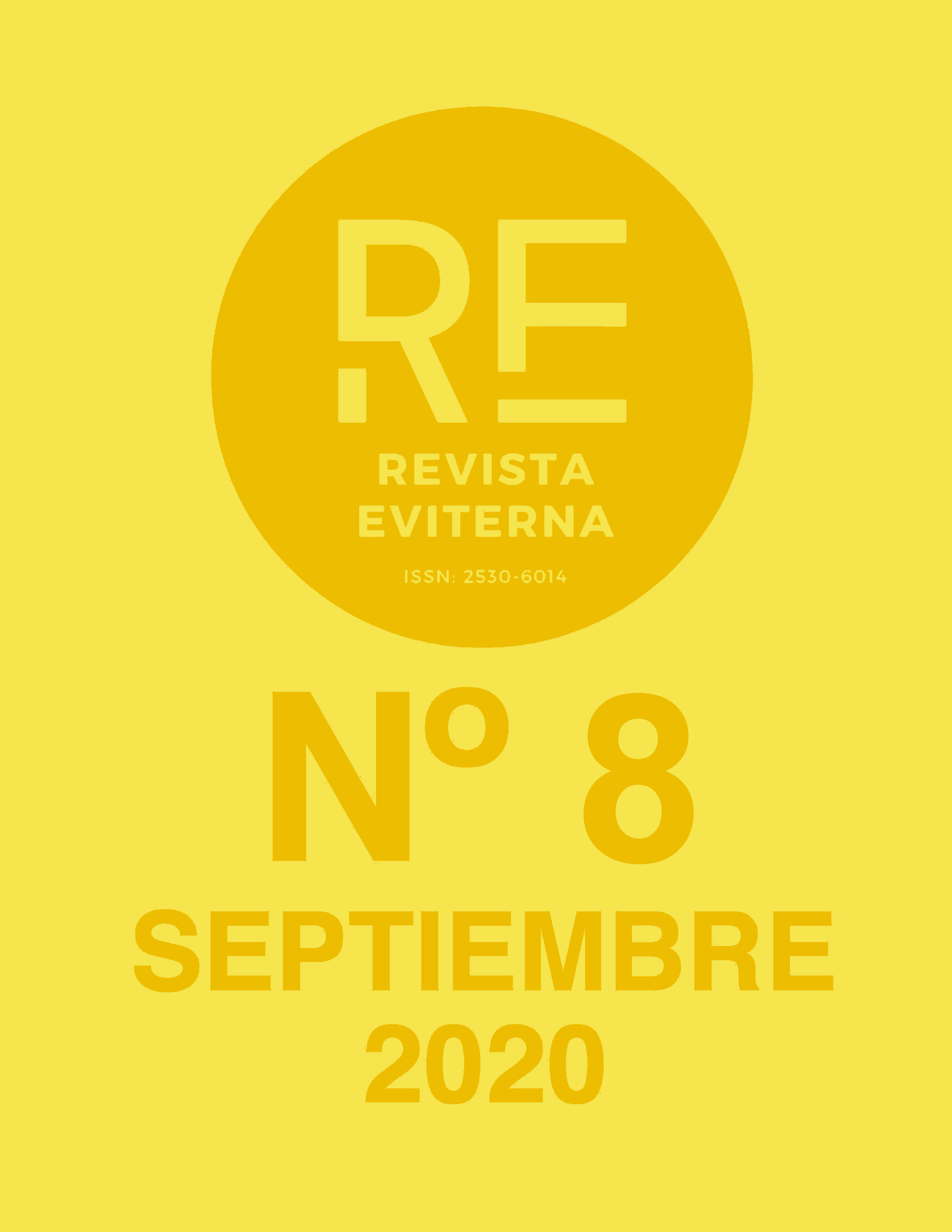The graffiti art and the discover of the Keith Haring’s mural in Amsterdam
DOI:
https://doi.org/10.24310/Eviternare.vi8.8979Palabras clave:
Keith Haring, Amsterdam, Murales, 1866, Stedelijk Museum, Street artResumen
The purpose of this work is to contribute to the continuous growth of the art world (Street Art in particular) and to discuss how it is essential for the discovery of artists. These artists have been pioneers and forerunners of new pictorial techniques, freeing creative and psychological flair, and combining the latter with the artistic technology that promises great things despite limited materials.
The intention of this article is to consider the elements of artistic expression that are less commonly subject to discussion, such as the world of Street Art. This form of artwork has not always been understood or accepted, with street artists waiting for the opportune moment to express the narrative, experiences, and emotions of society through their artwork, a power that unites sentiment and encourages change.
It is art which affects the community, the population and society. It is designed above all others to become part of the collective memory through violence of image and colour.
This project led me to come into contact with one of the many artistic artefacts of the Street Art movement, the Keith Haring’s mural in Amsterdam, a piece that makes me. understand and appreciate the problems inherent to these type of works, simple, synthetic, but never simplistic.
Therefore, a project, a study and a restoration hypothesis were conducted on one of the many works by Haring. The purpose of this was to shed light once again on the mural made in 1986 by the artist, situated in the Groothandeles Market of Amsterdam. No longer visible for thirty years, the mural was covered by insulation panels placed two years after its creation.
With professors Antonio Rava and William Shank, the association Keith Haring Foundation of New York, the Stedelijk Museum of Amsterdam, in collaboration with the gallery Vroom & Varossieau, specialised in road art, on 8 June, the large metal sheet panels were removed and one of the greatest murals by Haring could once again be admired.
Descargas
Métricas
Publicación Facts
Perfil de revisores N/D
Información adicional autores
Indexado: {$indexList}
-
Indexado en
- Sociedad Académica/Grupo
- N/D
- Editora:
- Universidad de Málaga
Citas
Barbieri Deva, Alessandro & Mininno, Alessandro. (2009). Come ti viene in mente di fare graffiti?. Retrieved from: (https://issuu.com/laroba/docs/010_per-web)
Ciotta, Ennio. (2012). Street art. (pp. 7– 10) Lecce: Bepress Edition.
Goldstein, Richard (1973). “The Graffiti ‘Hit’ Parade”, New York Magazine, March 26, 34-39
Gruen, Jhon. (2007). Keith Haring. La biografia. (p. 165). Milano: Dalai Editore.
Iovane, Giovanni. (1999). Pittura dura. Dai graffiti alla street art. Exhibition catalogue (Torino, palazzo Bricherasio, 20 novembre 1999-30 gennaio 2000). Electa. p.20
Reinewald, Chris. (2018, January 15). The Dutch adventures of Keith Haring. Stedelijk Museum Amsterdam. Retrieved from: (https://www.stedelijk.nl/en/digdeeper/dutch-adventures-keith-haring)
Riva, Davide. (2007). Introduction. In A. Tinelli (Ed.), Street Art Sweet Art. dalla cultura hip hop alla generazione pop up (pp. 30-31). Skira.
Soliani, Caterina. (2019). Art in public spaces – Street Art by Keith Haring. (Magistral Thesis). Academy of Fine Arts of Macerata, Macerata, Italia
Stewart, Jack. (2009). Graffiti Kings: New York Mass Transit Art of the 1970s (pp. 60-62). Harry N Abrams Inc.
Unknown Author. (2011, February, 2018). Gallerie e street art: le origini. About Graffiti Art & More. Retrieved from: (http://aboutgraffitiartmore.blogspot.com/2011/02/gallerie-e-street-art-le-origini.html)
Descargas
Publicado
Cómo citar
Número
Sección
Licencia
Todos los contenidos publicados en Revista Eviterna están sujetos a la licencia Creative Commons Reconocimento-NoComercia-Compartirigual 4.0 cuyo texto completo puede consultar en <http://creativecommons.org/licenses/by-nc-sa/4.0>

Se pueden copiar, usar, difundir, transmitir y exponer públicamente, siempre que:
- Se cite la autoría y la fuente original de su publicación (revista, editorial y URL de la obra).
- No se usen para fines comerciales.
- Se mencione la existencia y especificaciones de esta licencia de uso.
Los derechos de autor son de dos clases: derechos morales y derechos patrimoniales. Los derechos morales son prerrogativas perpetuas, irrenunciables, intransferibles, inalienables, inembargables e imprescriptibles.
De acuerdo con la legislación de derechos de autor, Revista Eviterna reconoce y respeta el derecho moral de los autores/as, así como la titularidad del derecho patrimonial, el cual será cedido a la Universidad de Málaga para su difusión en acceso abierto.
Los derechos patrimoniales, se refieren a los beneficios que se obtienen por el uso o divulgación de las obras. Revista Eviterna se publica en open access y queda autorizada en exclusiva para realizar u autorizar por cualquier medio el uso, distribución, divulgación, reproducción, adaptación, traducción o transformación de la obra.
Es responsabilidad de los autores/as obtener los permisos necesarios de las imágenes que están sujetas a derechos de autor.







12.png)



